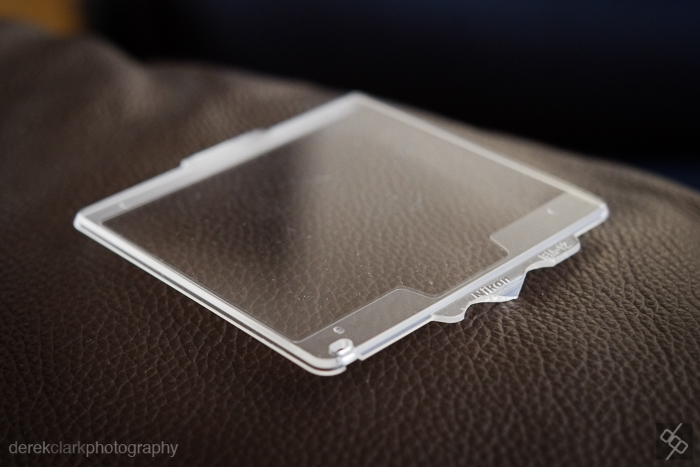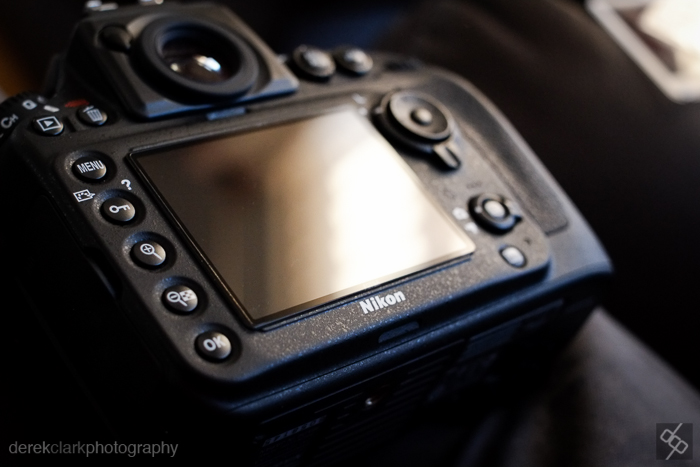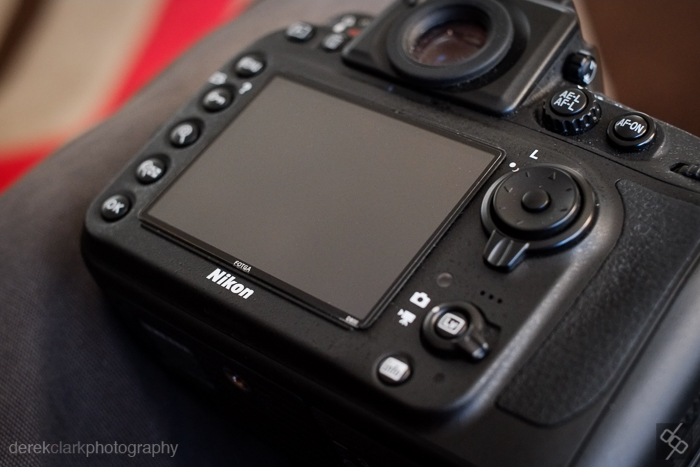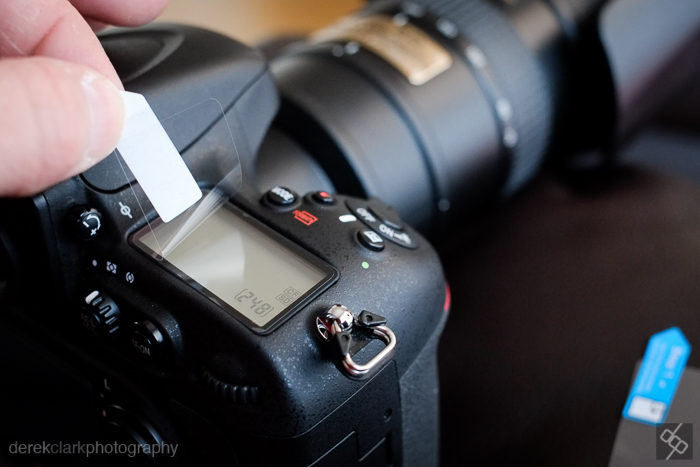Back in September I had the pleasure of shooting a project with Fujifilm UK and Millican. The two companies had teamed up to produce a couple of camera bags for the Fuji X Series and they invited myself and fellow photographers David Cleland and Andrew James to the picturesque Lake District to shoot a project called Freedom Through Photography. The idea was that each of us shot a subject that tied in with the landscape and how it was used. The X-Series is small and lightweight, while Millican's products are all about getting out into the countryside and having an adventure, so the two companies pair fairly well. David's mission was to shoot The Landscape itself, which meant a very early rise, while Andrew had the task of shooting someone who works in the landscape. I had the pleasure of doing a documentary project on Alan (Al) Wilson, someone who uses the landscape for their passion. Portrait Of A Photographer is the third in this series and features me shooting Al with the X-M1 and a few different lenses.
ALAN WILSON Sophie (my awesome sidekick for the day) and I met Al at the Bowder Stone. It was my first visit to this amazing 2,000 ton rock, but Al had been here many times before. He has climbed and studied this rock for years, practicing and perfecting moves that could take him to the top using all sorts of routes. A few minutes talking to Al about the Bowder Stone and you know he has an obsession with this place. He talks about rock climbing the way photographers talk about photography and you can see the passion in his eyes. He also has a fair bit of respect for The Bawder Stone, as if it lived and breathed. It was a privilege to photograph Al doing the thing he loves and I hope I did him justice in the photographs you see in the film.
FUJIFILM, MILLICAN & FREEDOM THROUGH PHOTOGRAPHY The purpose of the Freedom Through Photography project was to showcase the collaboration between Fujifilm UK and outdoor bag company Millican. Thanks to the great folks at Millican (especially founders Joritt and Nicky), we X Series shooters now have a dedicated bag for all our great Fuji cameras and lenses. The bag featured in the film above is the ‘Christopher’, but there is also the option of the smaller ‘Robert’ bag. These bags are really high quality and will last for years. The Fuji bags now come in two colours and you can see them at Millican HERE.
THE CREW As I've mentioned before, director Giles Brown and camera guys Andrew Lawrence and James Barns did a fantastic job on all of the films. I’m sure you will agree that the quality of these films are fantastic. Credit to Sophie Crewdson, for not only co writting the screenplay with Giles for these films, but Sophie was also my guide while shooting my part at the Lake District.
THE GEAR All three of us used the Christopher bag from Millican (the larger of the two bags made for the X-Series). Like all Millican products, it's made for the great outdoors at a very high standard that will last for many years. These bags are tough, good looking and above all else functional. Freedom Through Photography isn't just a nifty slogan by a PR department either. Having spent the weekend with Millican founders Jorrit and Nicky, I know they are totally dedicated to producing quality kit for people who love the outdoors. Millican also do a complete range of outdoor bags for hillwalking and many other outdoor persuits.
The Fuji gear we were using was the X20 and the X-M1. The X20 is a solid little camera that just oozes quality, but I think all three of us shot most of the projects with the X-M1 and a verity of lenses. Not having a viewfinder was a bit alien to me and I really missed not having one, but you adapt to the gear you have and it didn't take long to get the hang of holding the camera out in front. It did force me to use my glasses though and I was glad I had my eyes tested a few weeks before:o). I made a conscious decision to use a variety of settings to show how the camera handled things like high ISO etc...
This was my first weekend with the 14mm and I was impressed with how it performed. It's the one lens in my kit that I feel I haven't used enough yet. The 23mm and now the 56mm are the shiny new toys and two of my favorite focal lengths (35mm and 85mm in old money), but I'd like to spend a few weeks with just the 14mm (for my personal stuff at least) and really get to know that lens better.
THE EXIBITION Some of the photos shot by David, Andrew and myself will be part of an exibition at the Keswick Mountain Festival in the Lake District, which will run from the 15th of May until the 22nd of June (2014). I'll be dropping in to see the exibition on the 17th of May and would be happy to talk about Fuji, Millican or anything photography related.
THE COMPETITION You could also be included in the exibition by sending your own Freedom Through Photography photos in for review. Click HERE for full details on how to enter. The winning prize is a Fujifilm X-M1 and a Christopher X-Series camera bag.
LINKS Click on these links for more information. More on this project. David Cleland (Flixelpix) Andrew James Fujifilm UK Home Of Millican
A big thanks to Katie, David and Marc at Fujifilm UK for taking an interest in what I do.










































